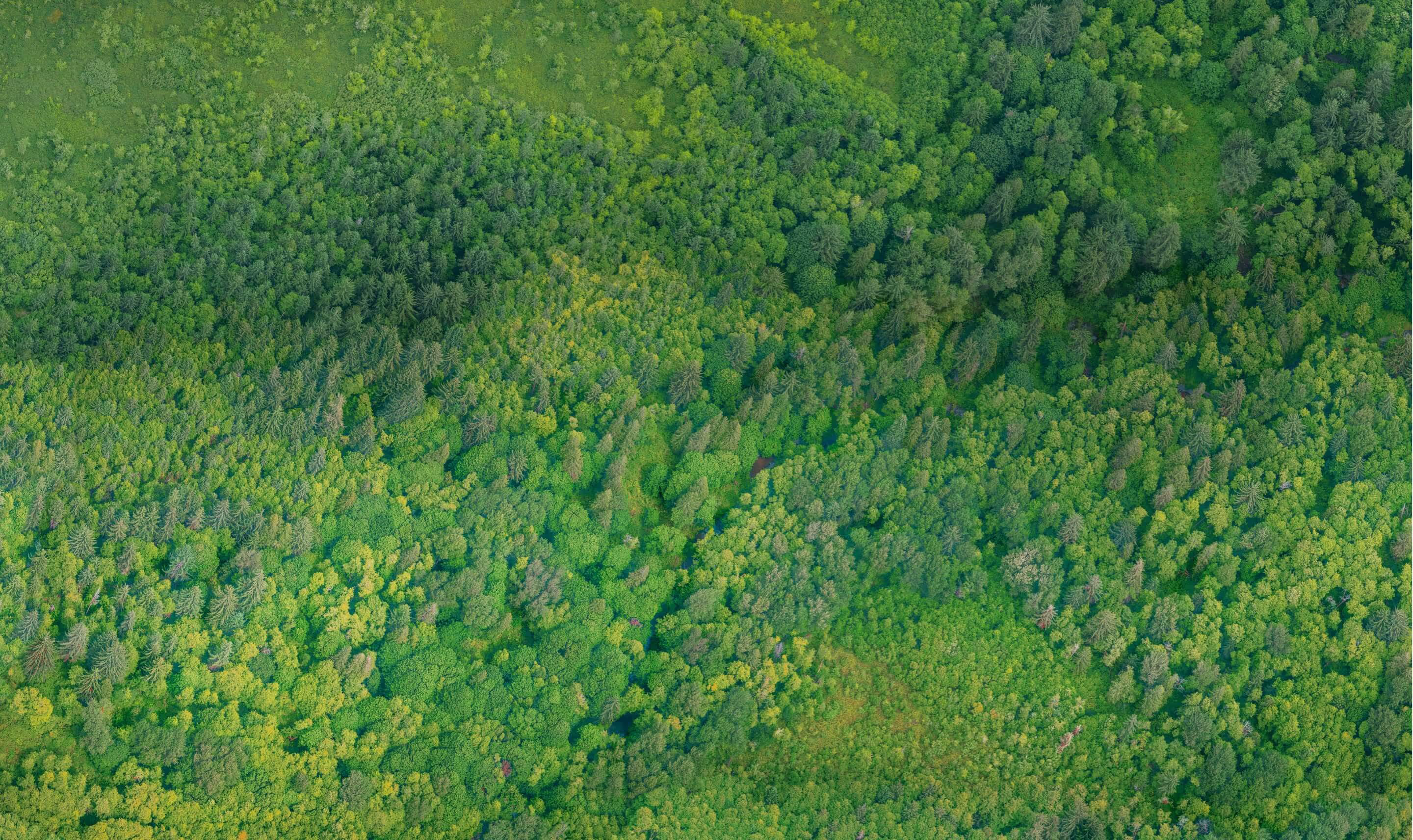Ocean pollution: taking action to save them

At the heart of our blue planet, the oceans are full of extraordinary biodiversity and play a vital role in our existence. However, these marine treasures, which cover 70% of the world, face a growing threat: ocean pollution. Let's dive into the depths of this emergency together.

Ocean pollution in a few figures
The oceans are now threatened by an avalanche of pollution. Tons of plastic are drifting on the surface of the water, suffocating marine wildlife and altering the natural beauty of shorelines. Toxic waste from industrial activities is dumped with impunity, contaminating waters and jeopardizing the health of marine ecosystems. The numbers are impressive. According to the Ministry of Ecological Transition and Territorial Cohesion)
about 640,000 tons of fishing nets are lost or abandoned at sea every year*
80% marine litter comes from land-based activities*
between 75 and 199 million tons : it is the quantity of plastic in the oceans on a global scale, it represents 85% of marine litter. *
24400 billion of micro-plastic particles would float on the surface of our oceans*
And, according to the UN, between 9 and 12 million tons of plastic is found in the oceans every year.
The projections are also alarming. They predict that global plastic production could double by 2040. A worrying consequence follows: the quantity of plastic debris in the oceans could quadruple by 2050! This grim outlook requires immediate action to preserve our seas and combat increasing ocean pollution.
The devastating impact on marine life

The consequences of this pollution are heartbreaking. The images of dolphins trapped in abandoned fishing nets, turtles suffocated by plastic bags, or seabirds covered in fuel oil are all evidence of the devastating impact of our actions on marine life.
The oceans, which were once teeming with life and diversity, are now in mortal danger. Millions of species, from the smallest to the largest, are suffering the tragic consequences of our irresponsibility. Corals, the colorful jewels of the reefs, bleach and die gradually, depriving thousands of fish of their natural shelters.
Worse still, ocean acidification due to the absorption of CO2 emitted by our industrial activities endangers the health of corals, real jewels of the seabed. These precious ecosystems are home to incredible biodiversity, but their disappearance threatens the balance of the entire marine food chain.
Reforestation to save our oceans
You may be asking yourself, “How can reforestation save our oceans?” While it may seem surprising, trees and oceans are closely linked by a delicate balance within our planet.
At LIFE, through our reforestation project “His shoot”, we're not just planting trees, we're planting seeds of hope. Each tree is a sentinel against deforestation. This plague is eroding our forests and threatening the balance of nature. By understanding this interconnection, we can act in a more global and coherent way to safeguard our entire environment. Here's how reforestation can help save our oceans:
Trees are carbon sinks
Trees are real champions in capturing carbon dioxide (CO2), a greenhouse gas responsible for global warming. By absorbing CO2 from the atmosphere during photosynthesis, trees store this carbon in their biomass and in the soil. By massively reforesting deforested or degraded areas, we are increasing the Earth's ability to trap CO2, thereby helping to slow climate change and protect the oceans from its devastating effects, such as acidification and rising sea levels.
Preserving watersheds
At the heart of our fight for a sustainable future, forests are proving to be real protectors of watersheds, these crucial areas that collect rainwater and direct it to rivers and oceans. By protecting and restoring forests along waterways, we limit surface water runoff, reducing the risk of erosion and ocean pollution from sediments and waste.
Biodiversity conservation
Forests are home to an incredible diversity of plant and animal species. By reforesting degraded areas, we create favourable habitats for wildlife, helping to preserve terrestrial and marine biodiversity. Rich and balanced biodiversity in terrestrial ecosystems often results in greater resilience of marine ecosystems in the face of environmental disturbances.
Regulating the water cycle
Trees have a fascinating power: the regulation of the water cycle. In fact, they play a crucial role in perspiring moisture into the air through their leaves. This process, called evapotranspiration, gives rise to clouds, which in turn dump rain into our rivers and streams that end up in our oceans. By regulating the water cycle, forests contribute to maintaining hydrological balance in coastal marine ecosystems, such as mangroves and wetlands.
As stewards of our planet, it is our duty to act for a healthy and balanced marine future. By maintaining our oceans, we are protecting our future and that of future generations. Every gesture counts, whether by reducing our consumption of single-use plastics, by adopting more environmentally friendly modes of transport, or by supporting sustainable initiatives to preserve the oceans.
Together, we can turn the tide of ocean pollution! We can create a future where blue waters shine again and underwater life thrives.



.avif)




.avif)